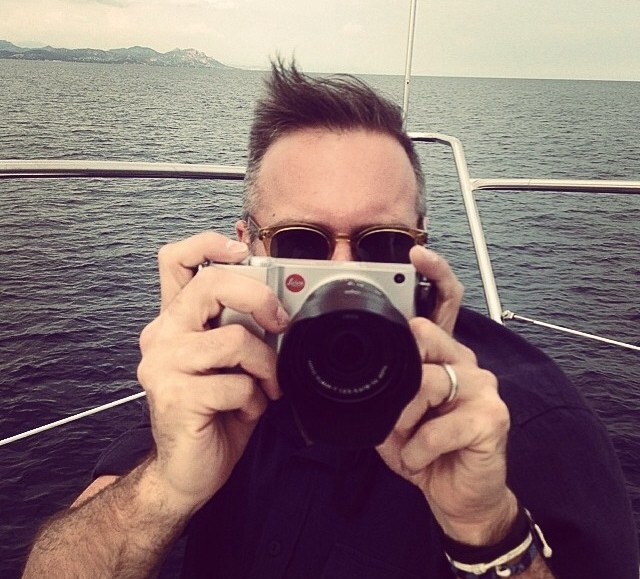
Digiday covers the latest from marketing and media at the annual Cannes Lions International Festival of Creativity. More from the series →
P.J. MacGregor was a seasoned ad man before he joined Facebook’s creative solutions team in 2011. He had been on the agency side of the business for more than a decade and even had some work short-listed for a Cannes Lion in 2010 when he was at Leo Burnett.
Four years later, MacGregor finds himself back at Cannes, only this time proselytizing about the branding power of Instagram. As brand development lead, MacGregor is part of the team working closely with agency holding Omnicom to determine just how ads will work on Instagram.
It’s a markedly different approach from when Facebook, Instagram’s parent company, rolled out ads with little input from the agency world. MacGregor is making sure not to neglect the ad agency community this time, partially to foster a better relationship between the two, but also to ensure the creative bar for Instagram ads is set high.
Digiday spoke to MacGregor about his favorite Instagram ads to date and how he’s getting the most creative people in the ad world to create Instagram ads.
It sounds like you and Omnicom are working very closely together.
We’re fully admitting that we don’t have it figured out. That’s why we essentially did this partnership; to have a more controlled way to figure it out and do it together. There’s a risk around being overly presumptive and prescriptive around what the advertising should be. Today, it has been focused on beauty and things being perfectly crafted and things that feel very Instagram-y, but I’d like to think the creative canvas is bigger than that.
What have you found works well?
In order to stand out, you have to fit in. Brands like Chobani use the #overthetop hashtag and take cues from the community. That’s a good first half-step. I loved what Taco Bell did. They stepped back and thought about the context. If you look at that compared to the rest of the things they do, you might not see the through line. Whereas most campaigns there’s a very visible thread.
So brands should uncouple Instagram from what their doing on other media?
If Instagram becomes a medium of redundant frequency, we’ve failed the advertiser and we’ve failed the community. The things users admire most from brands are unique perspectives. Herschel Supply is one of our favorites. They’ve hired photographers and done great work, but they’ve also open-sourced work from thousands of Instagrammers.
Why do you want creative shops to be doing the work on Instagram?
Madison Avenue missed the boat on digital 10, 12 years ago. Publicis went out and bought Digitas and Razorfish. Everyone had to buy their way into being relevant in digital. And I think the same thing happened with Facebook — whether they were boutiques, PMDs or social agencies, entities emerged because Madison Avenue wasn’t paying attention to it. These brand agencies have defined the brands, they’ve built them over the last however many years and they’re the most capable of expressing what that brand stands for in a series of images. Inevitably, there will be Instagram shops popping up. But this is an opportunity for the big brand agencies to not concede the work.
How is Instagram’s relationship with agencies colored by Facebook’s relationship with agencies?
We have this second mover advantage. The only way we’ll succeed is by the agency world really embracing it, developing capabilities both creatively and from a media standpoint. Facebook has really ramped up their agency resources in the years, and the approach is more collaborative. We’re not doing deals directly with clients. We did deals directly with agencies.
Instagram is interesting from a media perspective because it doesn’t have any click-through mechanism.
The areas that will have the most impact are on upper-funnel brand metrics — creating awareness, driving changes in perception and changes in consideration.
What are you impressions of Cannes?
There’s a tendency to fall in love with novelty or technology for technology’s sake and not see into what did that actually did for the business. I love that there’s now a creative effectiveness category. Without that, what are we doing?
More in Media

Here are the biggest moments in AI for publishers in 2025
Here are some of the moments that defined how publishers adapted to the AI era this year.

Digiday+ Research roundup: Gen Z news consumption and diversification in the DSP space were 2025’s top trends
As 2025 winds down, we rounded up the biggest trends of the year, based on the data that resonated the most with Digiday’s readers.

What publishers are wishing for this holiday season: End AI scraping and determine AI-powered audience value
Publishers want a fair, structured, regulated AI environment and they also want to define what the next decade of audience metrics looks like.






